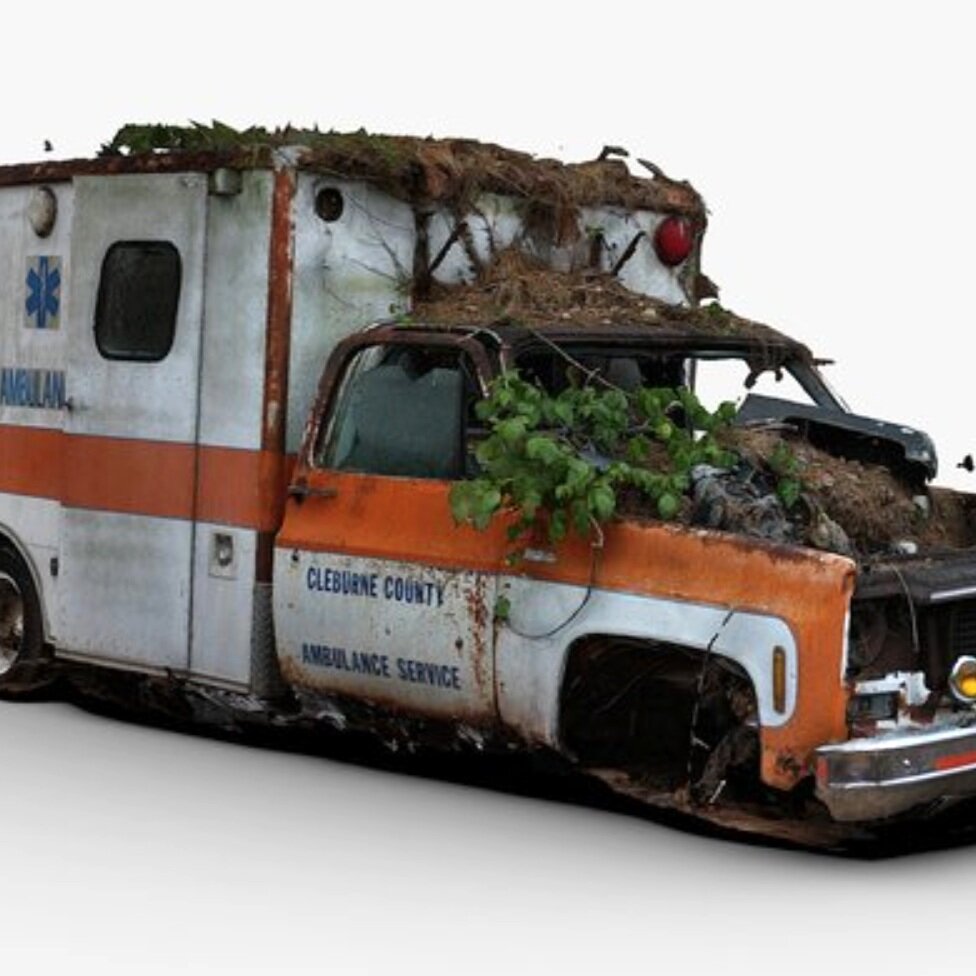My current research focuses on trauma-informed design. Broadly speaking: how can we design space to decrease stress and trauma triggers while building emotional resilience?
Most mental health therapies treat trauma through talking (psychoanalysis), behavioral reconditioning (CBT and DBT), and sometimes somatic interventions (EMDR). These therapies rely predominantly on the client-practitioner relationship. Can space become an active partner in the process of healing mental trauma?
A rich history of research on restorative environments and multisensory design (especially for those with autism) suggests that our built environment can ‘heal’ (or, conversely, ‘harm’).
If trauma works through the body, and similarly our bodies react to our environment unconsciously, can space be leveraged to work on the traumatized body powerfully and sub- or un-consciously? Can we create rooms, buildings, and outdoor spaces which calm the body? If so, what materiality and form create ideal (or at least improved) multi-sensory environments for somatic impact?
WHITE PAPERS
This pamphlet focuses on ways to design a building to help regulate the body and support therapeutic approaches. Since trauma lives and works through the body, and the body reacts to physical space before we cognitively process it, the built environment is integral to how one experiences trauma. This document presents a brief primer on the body-space-trauma relationship, organizing principles for trauma-informed architecture, some examples of built work, and narratives that inform what amenities residents and staff may need. The aim is to provide a spatial framework from which to approach trauma-informed architecture.
SELECTED ACADEMIC TEXTS
Architecture as First Responder (2020)
In the United States, the emergency response team usually consists of a police car and ambulance. Automobiles in this context function as small-scale versions of architectural typologies, the jail and the hospital. While these spaces are programmed to efficiently contain a perceived threat and treat physical trauma, they are not yet adequate to respond to emotional and mental trauma.
Through a phenomenological lens, this paper explores the quality and impact of mobile emergency architecture on the public servants and patients who use it.
Abstract accepted by PATNET Conference 2020. Article in progress. Co-authored with Adam Croft.
Human Traces + Secret Spaces (2018)
This doctoral dissertation contributes to the discourse of informal and temporary architecture through its investigation of the small structures constructed by unauthorized border-crossers (UBCs) in the U.S.-Mexico borderlands. Scholarship tends to frame self-built environments as a cultural phenomenon (as traditional vernacular architecture), a by-product or response to capitalism (as marginal spaces of resistance such as ‘slums’), or an artistic endeavor (such as pop-up architecture or guerilla urbanism). I argue that UBC structures, in their response to extreme situations, constitute illustrative microcosms through which we can view the larger relationship among architecture, politics, experience, and environment.
Anxious Architecture (2017)
This article draws on the analysis of architectural form, artifacts of material culture, and interviews gathered from fieldwork in the U.S. and Mexico, I identify three ways architecture acts "anxious" as a spatial relationship to conflict: 1) sleep (insomnia), 2) identity (anonymity), and 3) death (haunting). In these modes, an architecture born in the borderlands both embodies and emotes anxiety as a spatial tactic to respond to conflict.
Material Memories
(2016)
This chapter asks how memory works through bodies, objects, and landscapes to stabilize and destabilize 'otherness' in the lives of border-crossers and in political narratives. As an alternative to the 'testimonial object,' we offer the 'heterotopic object,' an artifact that can hold and create radically contested meaning and memory. Each heterotopic artifact, story, or landscape can become a site where multiple memories co-exist. We take as material evidence the objects that migrants carry, use, and discard during crossings and analyze. Comparing these artifacts to the recollections of border-crossers' attempts, we reveal and revel in the emerging slippages between emic and etic readings of data.
Un/Taming: Feminine Wilderness and its [Lack of] Place in the Built Environment (2005)
This Master’s Thesis introduces and explores the concept of “feminine wilderness:” those spaces and behaviors rooted in the visceral, sensual, and corporeal world. In the spirit of french critical theorists and existential philosophers, it weaves autobiographical narrative with spatial, psychoanalytical, and gender theory.
A space for feminine wilderness must allow for the forging of relationships (e.g. between human and nature, human and object, and human and human). This space may exist in a few marginal spaces in the built environment but essentially cease to exist in the American landscape once a woman reaches adulthood. In pre-adolescence the wild is placed outside of the woman and manifests itself as “natural wilderness": e.g. collecting bugs, building forts, watching birds. In adolescence, the wild becomes the marginal space where nature overgrows the built environment: e.g. ruins, alleyways, secret gardens. In adulthood, many women reclaim the domestic realm to express their wilderness: e.g. taking care of plants, enacting sexual desire, and creating art.
While American public spaces fail to offer an appropriate space for feminine wilderness to thrive, it still slips through the cracks as fecund rotting, unbridled growth, and creative destruction.




